Is silk vegan-friendly? The answer may not be as simple as you think.
To get more clarity on the question, we need to pull apart the process of silk production—in addition to understanding how the industry works at large.
Let’s get straight into it.
What is silk?
Silk is a fabric commonly made from the cocoons of a domesticated caterpillar species (not worms) known as Bombyx mori.
I say “commonly” as mulberry silk which is made from the cocoons of Bombyx mori, represents 90% of the silk industry.
As it turns out, there are dozens of silk varieties harvested from different species of insects and spiders—but for this article, we’ll be focusing on mulberry silk.
Silk as a material is often referred to as the “queen of fabrics” due to its luxurious feel.
This wonder fabric is used in a variety of consumer goods including dresses, shirts, scarves, robes tapestries, rugs, scarves, blouses, draperies, pillows, pyjamas, suits and kimonos, shampoo to name a few.
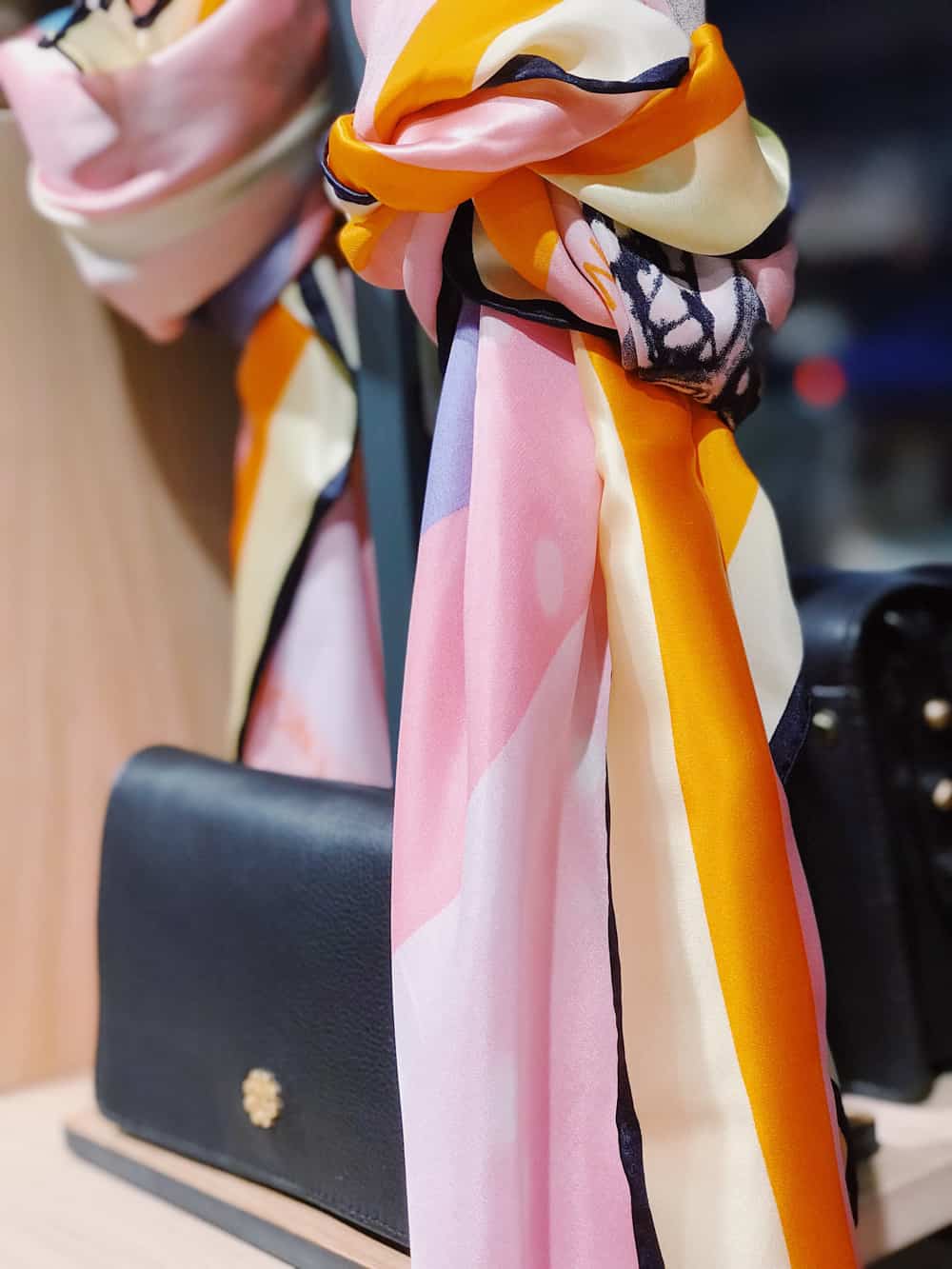
A very brief history of the silk industry
The domestication of the Bombyx mori for silk production was first discovered in China over 5000 years ago, in 3630 B.C.E.
The knowledge of silk making was a secret in China for over 2000 years. Literally, no other country knew about this fabric.
Over time, Chinese immigrants brought knowledge of silk production to North Korea, India, and eventually, the rest of the world.
Today China and India together produce more than half of the world’s silk! Honourable mentions go to Japan, Thailand and Italy, who also have sizeable silk farming industries.
Together with bees, silkworms are the only other insects humans have domesticated. The survival of Bombyx Mori depends entirely on humans. All its wild populations are extinct, and only the domesticated ones live today.
At the time of publishing this article, the global silk market is worth over 15 billion USD and is projected to reach 16.94 billion USD by 2021. This is to say—silk is not a small industry by any means, and it continues to grow.
How is silk made?
To accurately assess the ethics of the silk industry, we must first understand the natural lifecycle of the Bombyx mori and then compare it to their lifecycle in a farmed environment.
The development of the Bombyx mori happens in four stages:
- Egg (ova)
- Larvae
- Pupa
- Imago
Let’s briefly look at each stage.
It’s fascinating to learn about creatures that go through metamorphosis. These little caterpillars experience quite the transformation in their lives.
Stage 1 – Egg (ova)
The female Bombyx mori lays approximately 500 eggs about the size of an ink dot during summer or early autumn (fall). The eggs remain dormant until spring arrives.
In a farmed environment, farmers sometimes refrigerate the eggs for months at a time, up to a year.
Stage 2 – Larvae
Hatchlings of the Bombyx mori are about 1/8th of an inch and are incredibly hairy. Young Bombyx mori can only feed on tender mulberry leaves (they prefer white mulberry leaves). However, as they grow, they can also eat tougher mulberry leaves as well.
During growth, the larva moults four times. The period between successive moults is called an instar. In the first moulting, the Bombyx mori sheds all its hair and gains smooth skin.
This stage of development lasts for about 27 days, and in that time, the Bombyx goes through five steps.
At the end of this cycle, the Bombyx mori is 10,000 times heavier and 30 times longer than what it was during its first instar!
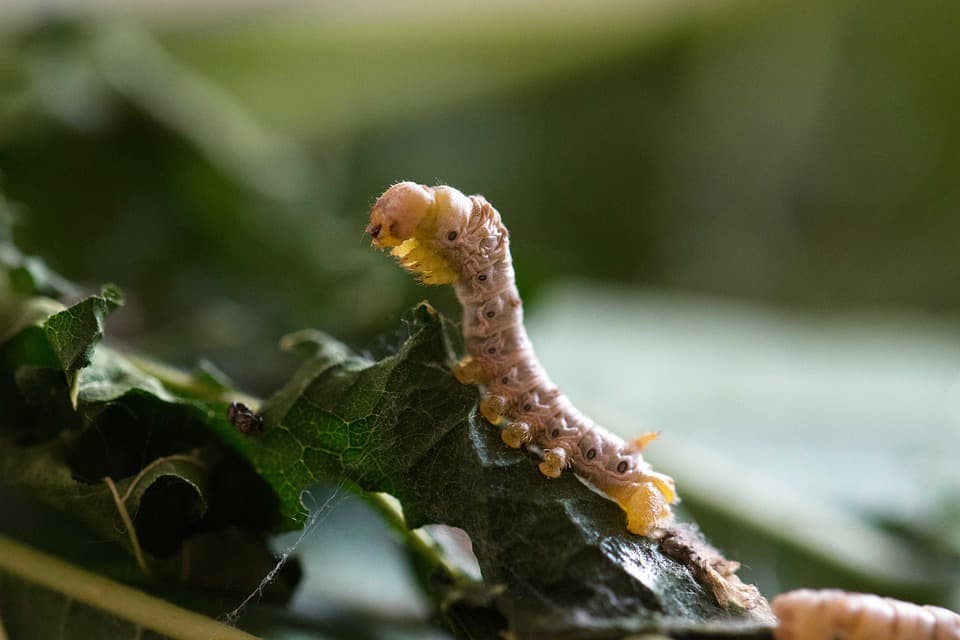
Stage 3 – Pupa
As the Bombyx mori prepares to pupate, it spins a protective cocoon about the size and colour of a cotton ball.
The cocoon is made from one continuous strand of silk which is approximately 1.5 km long (nearly a mile). That’s impressive!
In case you’re wondering, the silk is hardened by the saliva of the Bombyx mori. Silk, in this instance, comes out of the mouth, and not out of the rear end like a spider.
After the final moult inside the cocoon, the larva sheds its skin and develops into a brown, chitin covered structure called the pupa.
It takes about 2-3 weeks for the pupa to transform into an adult moth.
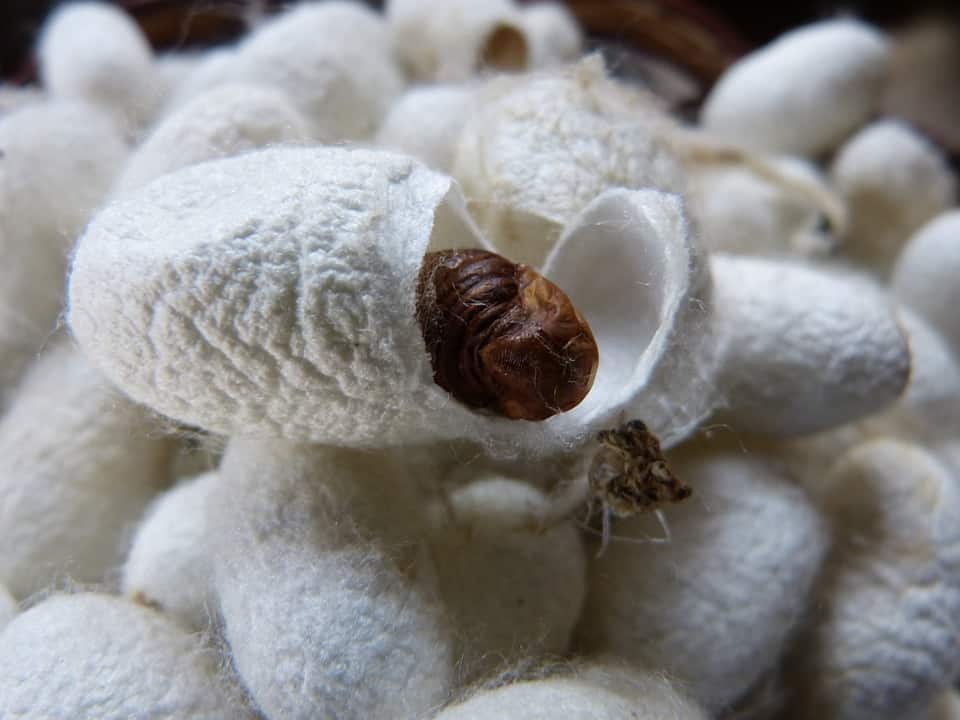
Stage 4 – Imago
In the imago stage, the now moth has a unique spit which is used to dissolve the silk so it can push its way out of the cocoon.
This is the moment the Bombyx mori has been waiting for. The final evolution. So you may be wondering, what do they do now that they’re a fully developed moth?
Well, first of all, there are a few limitations for this little creature. Although these moths have wings, they are flightless. They also lack functional mouthparts, so they are unable to consume food. Bummer!
So what’s left to do?
Once the adult moth comes out of its cocoon, its only purpose is to find a member of the opposite sex and mate. That’s the singular goal here—no mucking around!
Males are larger than females and are more active. They flap their wings rapidly to attract females.
Within 24 hours of mating, the male moth dies, while the female lays eggs, after which it dies as well.
There’s a 5-10 day window of this activity before the moths naturally die. From there, the lifecycle of the Bombyx mori restarts.
In summary, we have a 6-7 week lifecycle which mostly involves eating mulberry leaves, transforming multiple times, and an intense week of trying to mate and reproduce.
That’s insect life for you!
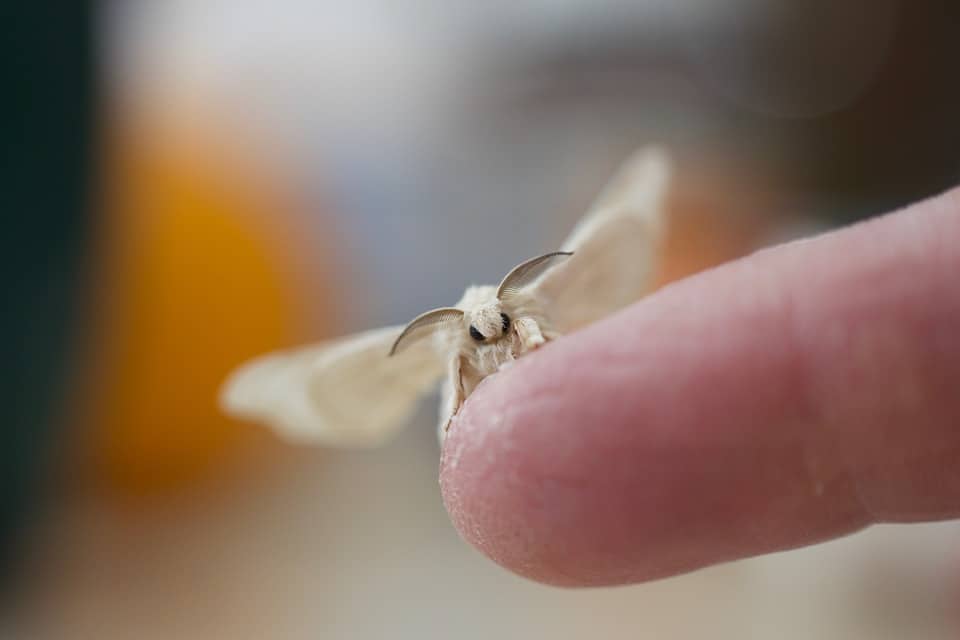
Stage 3 and 4 revisited
So now that we know the natural lifecycle of the Bombyx mori without any human intervention, what does the process look like when harvesting silk?
There’s only one difference in the process.
If the pupa is allowed to mature into moths and break through the cocoon, the silk would be deemed useless for commercial purposes. Why is that?
Farmers want the cocoon intact so that they can extract all of the silk as efficiently as possible.
A person typically finds the end of the thread and places it on a winding bobbin, which is part of a sewing machine. Then machines are used to unroll the cocoon and turn strands into silk threads. From there the silk is woven into cloth.
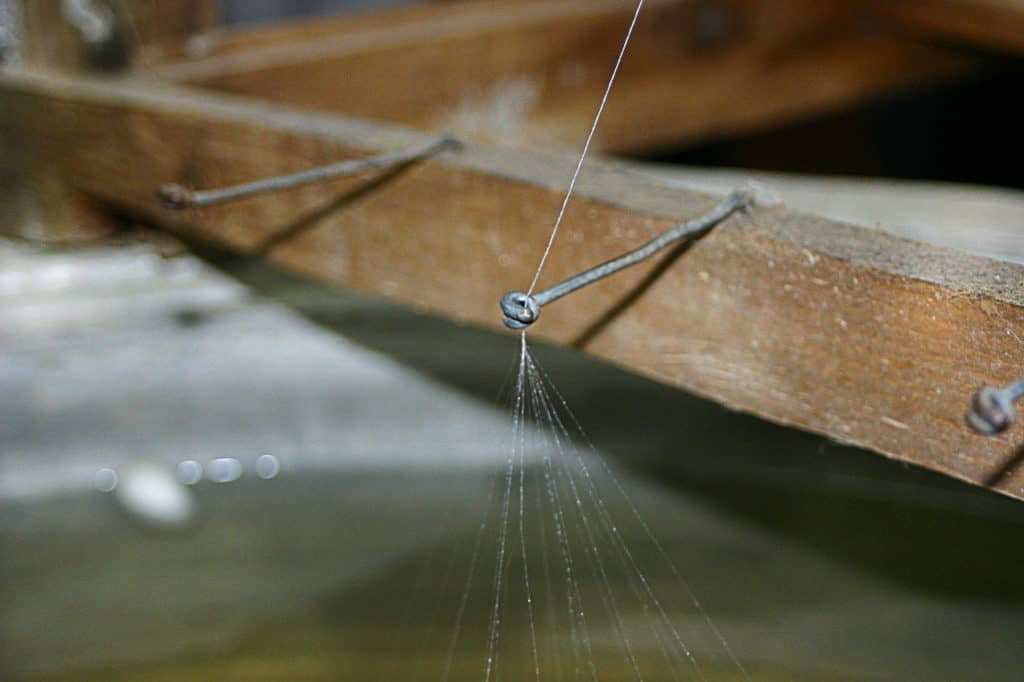
This process is impossible if there’s a giant hole in the cocoon. And considering the silk industry is worth more than 15 billion dollars, we can’t be having these complications, can we?
To avoid commercial losses, farmers kill the pupae between 2 days and two weeks after spinning silk, and obviously before the insect becomes a moth.
Depending on the practice, farmers kill silkworms by baking, boiling, freezing or piercing the pupae.
The most common approach is plunging the encased insect into boiling water to kill the inhabitant and dissolve the glue holding the cocoon together. This is a crucial step in the silk production process as it ensures that there is no damage to the continuity of each thread.
Only a few moths are allowed to live to continue the breeding of Bombyx mori. This sounds eerily similar to the egg industry!
Interesting fact: Bombyx mori are part of cuisine in both Korea and China. They form part of a popular snack called beondegi, made from boiled and seasoned silkworm pupae. The Chinese also like eating roasted silkworm pupae.
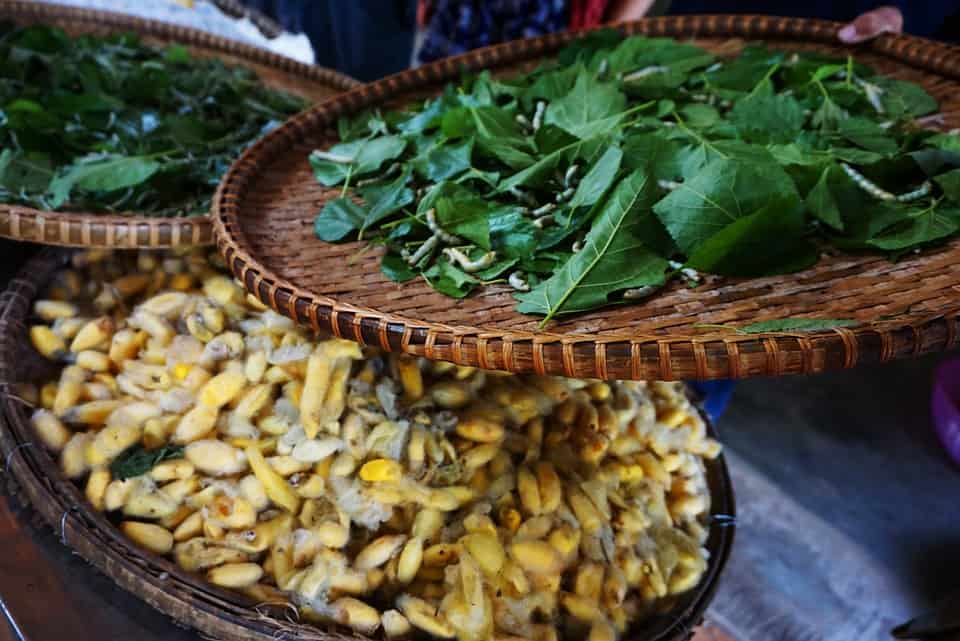
After looking at the process, is silk vegan?
Veganism is an act of compassion, which means to act with benevolence towards other sentient beings.
Murdering the Bombyx mori in its cocoon against its singular desire to live long enough to reproduce is not an act of benevolence.
Oh, and we kill billions of these creatures each year. Over 6,500 Bombyx mori are killed to make just one kilogram (2.2 pounds) of silk.
So based on this basic premise, conventional silk, as we know it, is not vegan.
Another consideration that gets brought up with the cruelty of silk is the sentience of the Bombyx mori. Many people believe these creatures are not developed enough to experience fear or pain.
So much like how plants don’t feel pain if insects like the Bombyx mori don’t feel pain, what’s the problem with killing them?
Why should we care about a moth?
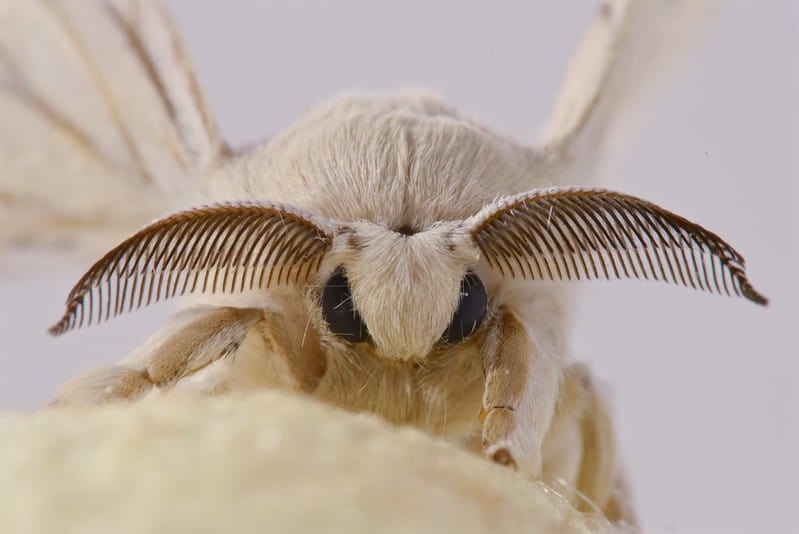
Moths get a bad wrap.
I get it. They don’t look super approachable, they destroy clothes, and they can be intrusive in our daily lives.
But did you know that moths come from an order of species called Lepidoptera, which is the same family as beautiful butterflies?
Yet, we see one as a nuisance that’s undeserving of life, and another as a symbol of joy and a “beautiful day”.
However, when it comes down to it, do these insects experience pain and suffering? After all, this is the question we ask ourselves when considering morality and benevolence towards species.
Both the butterfly and moth are insects and fall into the category of invertebrates—meaning they have no backbone and thus an insignificant central nervous system in comparison to vertebrate animals.
Why is this important to understand?
Well, it’s often argued that having a well developed central nervous system proves that a species not only mechanically reacts to pain, but also can perceive and feel pain.
While there are conflicting cases for and against invertebrates feeling pain, for this post, I want to keep things fundamental.
Most of us have seen a bug panic in our lifetime whether this is a group of stressed ants franticly trying to protect their nest, a fly trying to avoid threats, or a snail retrieving into its shell.
Sure, it could be argued that these are mechanical responses to stimuli, but it could also be argued that these are genuine acts of fear.
As the evidence is still very unclear either way, I’d prefer to give the benefit of the doubt that insects do feel pain. This is just my opinion.
This is a complex topic, and if you want to try piecing the puzzle together, check out this Wiki article and the references at the bottom.
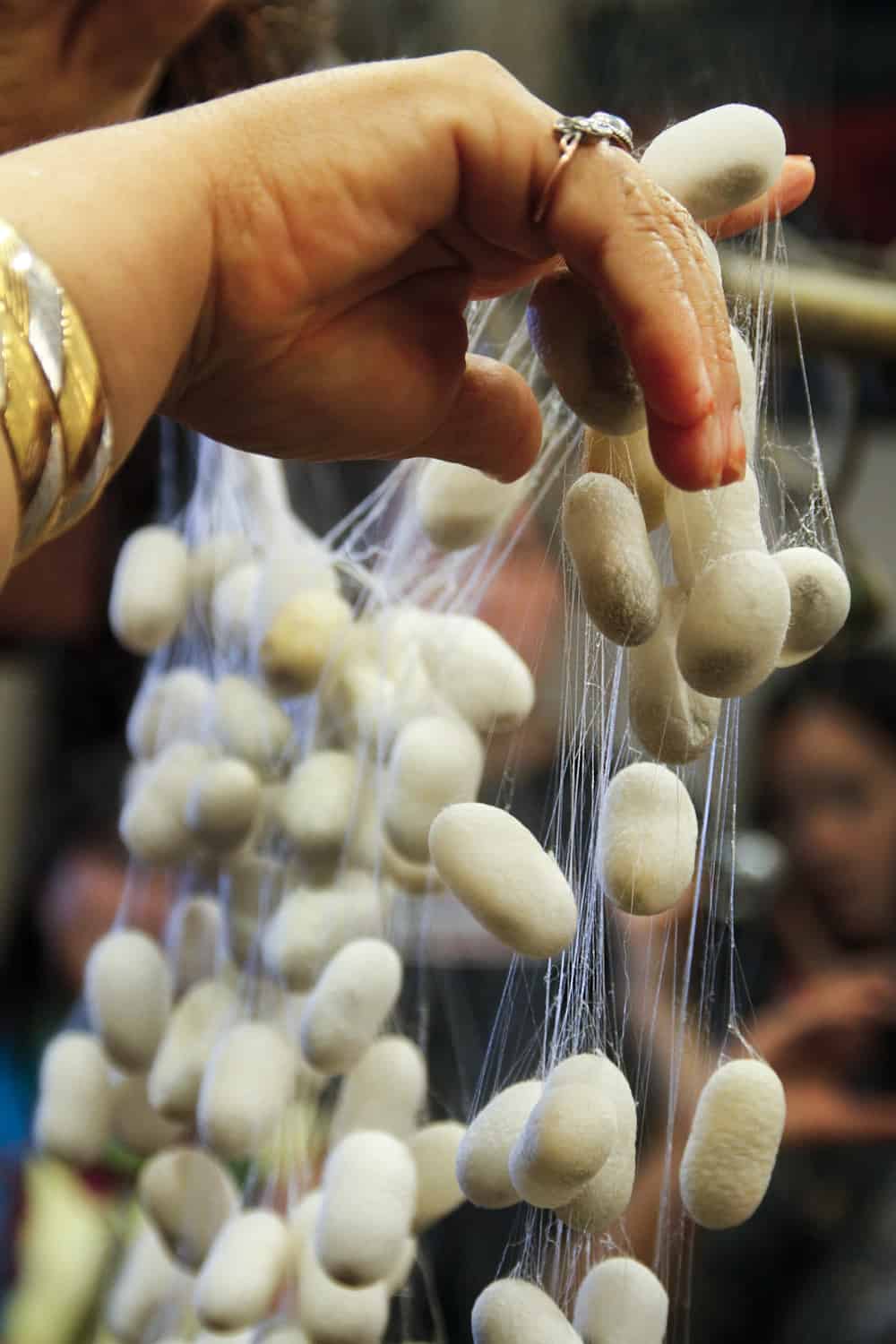
Is peace silk vegan?
The conventional silk production process described above represents the majority of the overall silk market.
However, there’s a more ethical alternative called peace silk, which is also known as Ahimsa silk.
Peace silk is made by allowing the Bombyx mori to complete their transformation into a moth in the imago phase.
While this is a less harmful form of silk farming, it comes with major commercial trade-offs including:
- For the Bombyx mori to grow inside the cocoon and naturally make its way out, the production of peace silk takes about two weeks longer than conventional organic silk.
- Since the Bombyx mori destroys the silk thread when hatching, the fabric must be woven together by hand. This means the threads are not continuous, and some folks argue that this results in a less delicate texture than conventional silk.
- Damaged cocoons yield six times less filament than a full cocoon. So instead of 1,500 meters of silk from a cocoon, we’re looking at 250 meters on average.
Because of these compromises, peace silk is twice as expensive and far less profitable than conventional silk. This makes it challenging for designers to sustainably work with peace silk in the global marketplace.
Peace silk labelling and other alternatives
There is no official peace silk certification, which makes it even harder to trust the integrity of suppliers who claim to be using cruelty-free silk.
Peace silk does not guarantee organic production. So if you want to be sure you’re not only supporting cruelty-free silk, but also environmentally-friendly silk, you need to pay attention to organic certifications.
As explained by sustainable textiles expert Summer Edwards, in conventional silk production, the Bombyx mori are fed mulberry crops that require some pesticide and fertilizer.
Therefore, supporting organic silk ensures no harmful chemicals were used in the process of growing the mulberry plants.
Another label to look out for is wild silk, or more specifically, Tussah silk. Tussah is a different type of caterpillar to the Bombyx mori and usually doesn’t require the chemicals used in mulberry silk. Depending on where it’s sourced, Tussah silk can be cruelty-free and eco-friendly.
Other options for alternatives to mulberry silk include:
Lastly, just keep in mind that much like eggs, to farm Bombyx mori with the intent of extracting their cocoons is an exploitative relationship. We are farming these animals for profitable gain.
It’s always worth considering if it’s all really worth it? As someone who hasn’t used silk for over six years, I can tell you, it’s easy to live without it.
Besides, many silk products are niche luxury goods and are non-essential to the everyday mindful consumer.
What do you think? Is silk vegan?
Hopefully, after reading this post, you feel more confident in the implications of the silk production process and how it compares to alternative methods.
But I’d love to hear from you now. What are your thoughts about the silk industry? As a vegan, do you choose to support silk?
Let me know in the comments below.
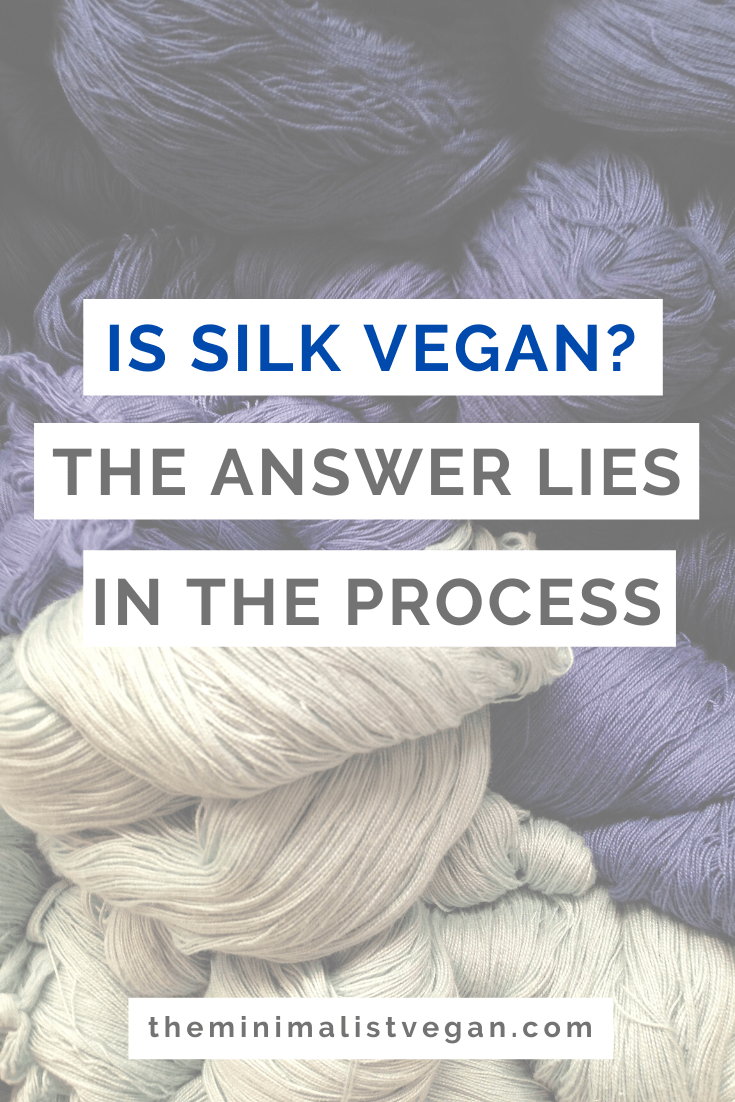

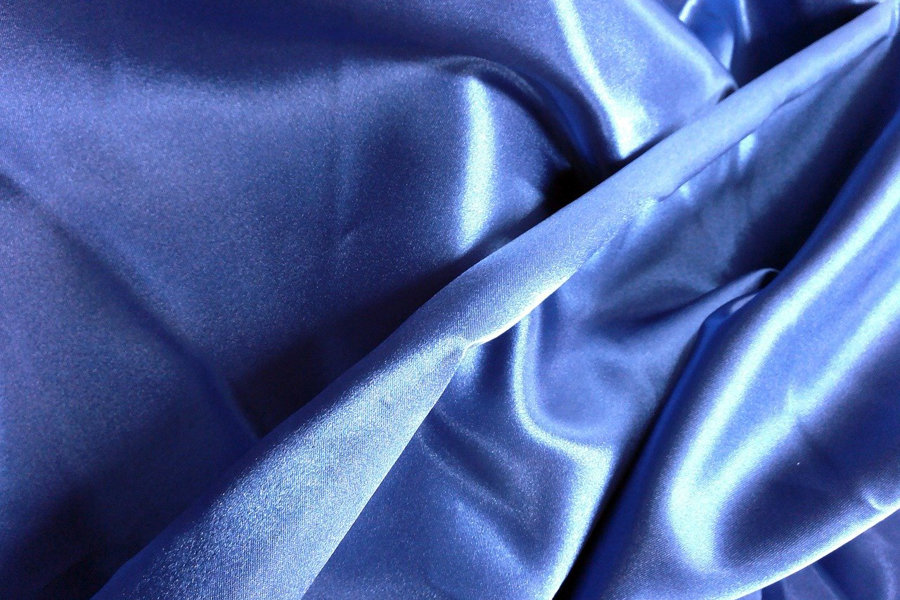
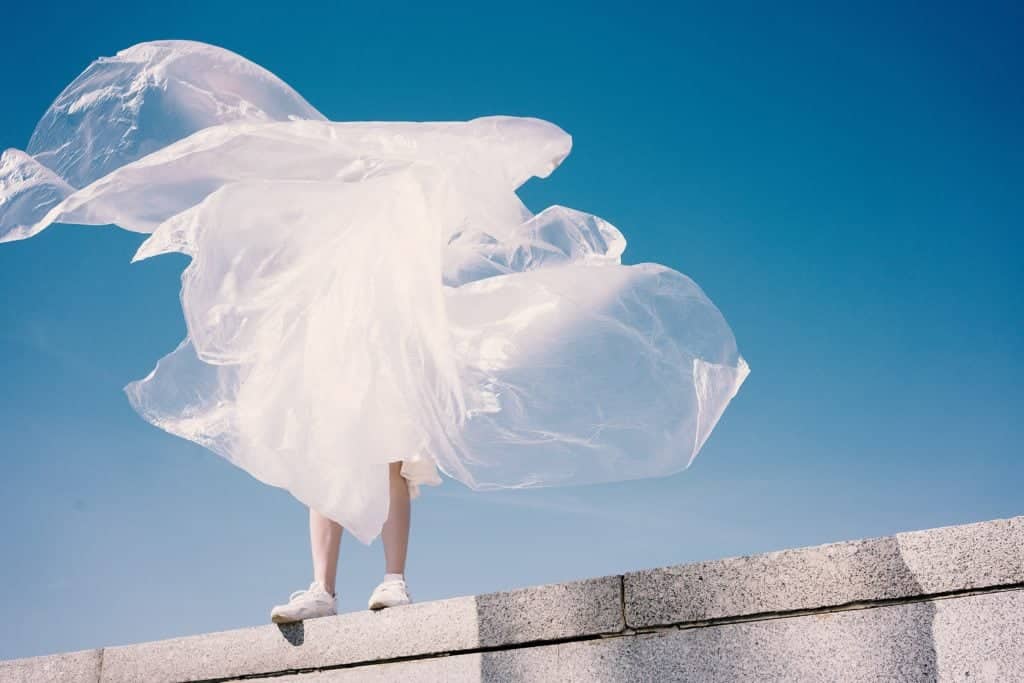
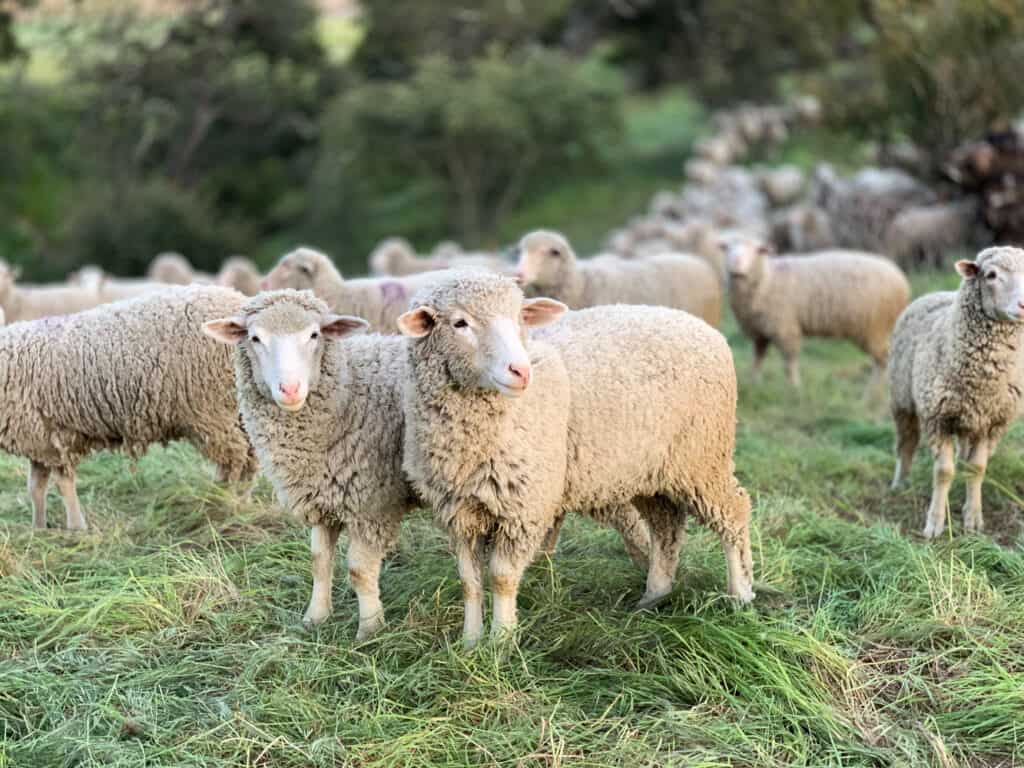
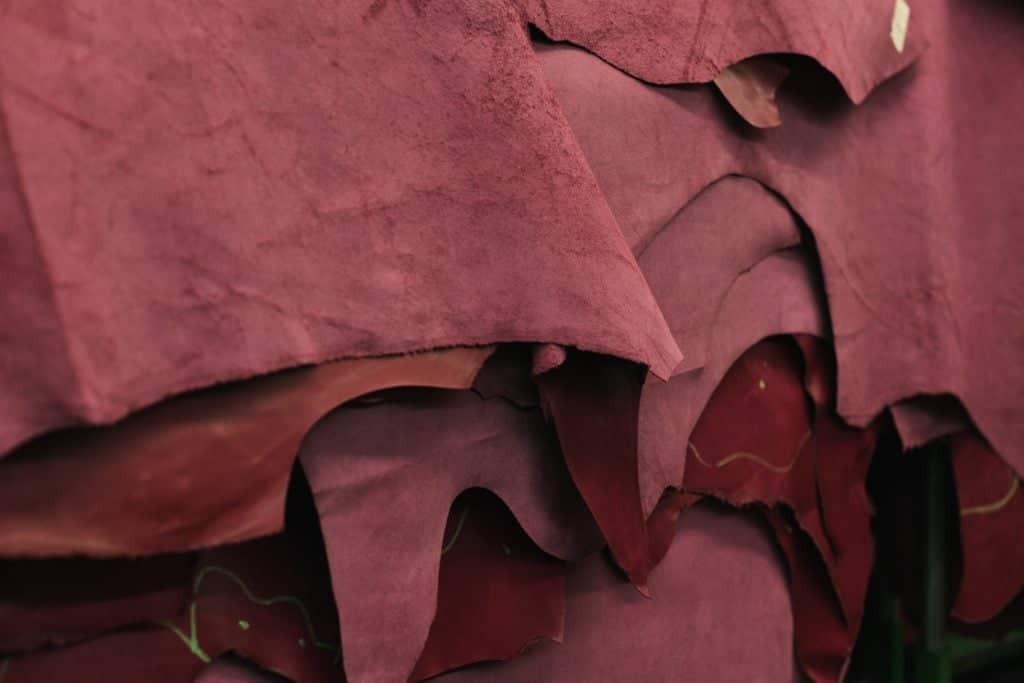
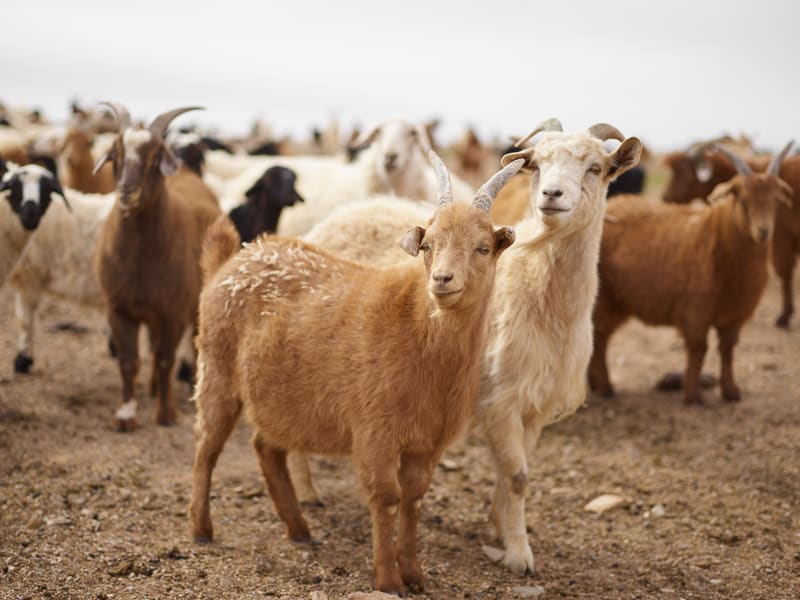
Excellent informative article much better than PETA’s. Keep doing the good work. I am dropping silk from my list of purchases
I find it odd that despite claiming to care about all living beings, this article mentions absolutely nothing about the human cost in the silk industry. The commercial silk industry is almost entirely propped up by child labor, slave labor, and exploitation of vulnerable, rural south Asian communities. The fact that your main protest of wearing silk comes from caring about silkworms, with not a single sentence devoted to the human rights abuses that permeate the industry, is frankly offensive. Additionally, many of the silk alternatives you listed also rely heavily on unethical labor practices. I know this is an old article, and the author likely won’t see this comment, but I think it would reflect better on the author if they added some research on the exploitation of humans in the industry as well. I’m sure this was not intentional, but this article makes it feel like the suffering of silkworms is more important than the suffering of marginalized and exploited communities and workers.
Hi Liz, there’s no doubt it would be beneficial to include information about child labour. In saying that, the focus of this post, as suggested in the title, is about whether silk is considered vegan, so naturally, this article is focused on the exploitation of silkworms. For example, we recently published a piece about the ethics of fishing, which led to coverage of forced labour as it’s a broader topic.